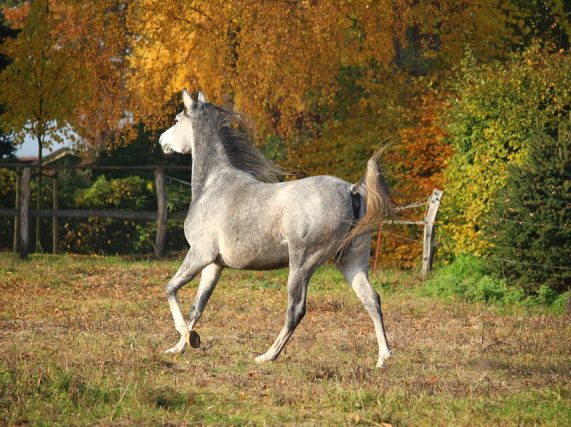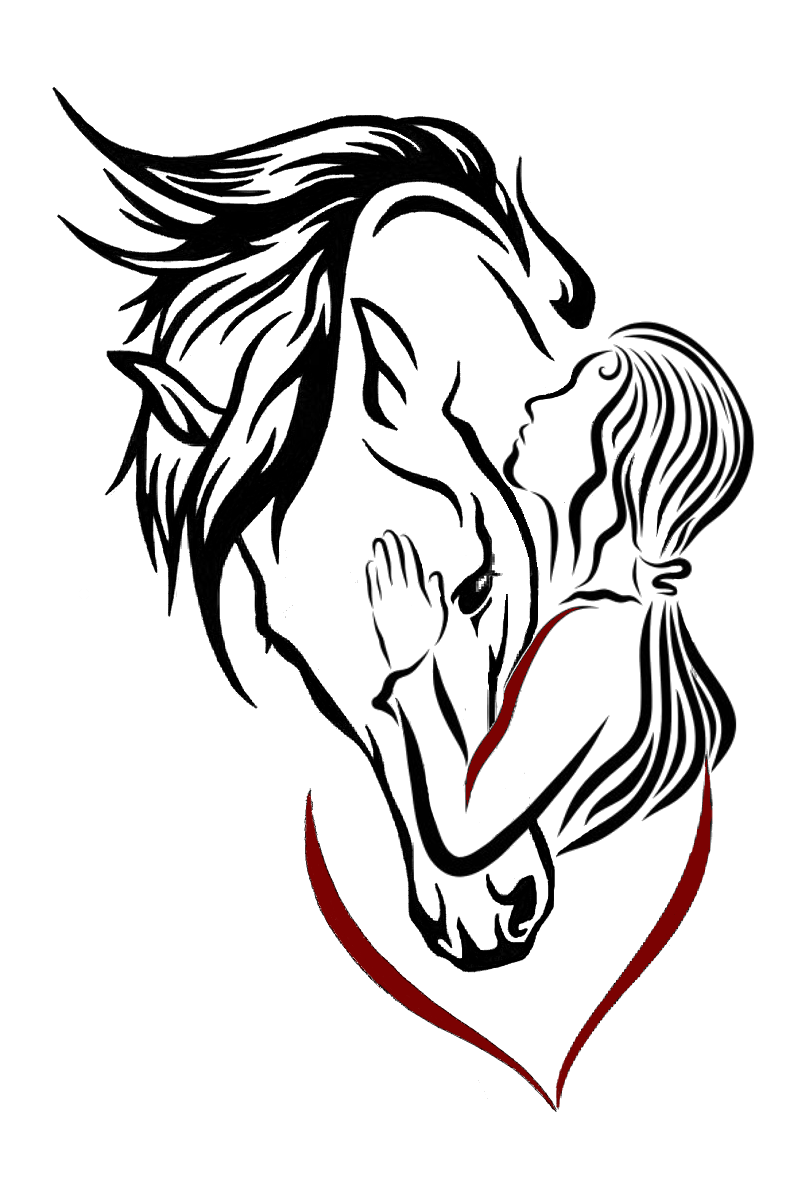Fall Laminitis


Your horse should be kicking up her heels in the cool, crisp autumn air but every year some are struck by laminitis. There are several distinct groups of horses at risk and they all have EMS/high insulin in common.
A recent blog described the rise in ACTH hormone which occurs in late summer and fall https://wp.me/p2WBdh-Iy and can trigger laminitis in uncontrolled PPID. Horses with EMS may also be pushed over the edge by this seasonal hormonal shift. Be vigilant for changes in crest, other fat deposits, weight and activity.
Fall laminitis has also been blamed on increased fructan levels in pasture grasses which occur when nights turn cooler. However, grass fructan has never actually been proven to cause laminitis and the higher sugar levels in stressed grasses and fall regrowths are the real cause. This is only an issue for EMS horses.
EMS horses can also develop laminitis after free access to acorns. Very high intakes can cause poisoning in any horse but EMS horses develop laminitis with no other signs of toxicity because acorns are high in starch. It happens every year.
Another risk group is pregnant mares. Pregnant mares develop insulin resistance as pregnancy advances. This combined with increasing weight and pasture changes in the fall may result in laminitis.
Management of at risk horses should include:
- make sure ACTH is controlled in PPID horses
- feed a suitably low sugar and starch diet
- limit or avoid pasture time when nights are below 40 F or there is obvious new green growth
- prevent access to acorns
It’s always important to supplement correctly to support healthy hooves. The horse can be assisted nutritionally by supplements which encourage the production of nitric oxide. Nitric oxide is a vessel dilating messenger that is the natural counterbalance to the vasoconstrictor endothelin-1. The herb Gynostemma pentaphyllum (Jiaogulan) is a powerful support for nitric oxide. This is helped by providing the precursors for nitric oxide in the form of L-arginine and L-citrulline. Antioxidants also combat oxidative stress which inhibits the activity of the enzyme that produces nitric oxide inside blood vessels [eNOS – endothelial nitric oxide synthesis].
Magnesium and phosphorus are common deficiencies and important for energy generation and storage in metabolically active cells in the hoof. Selenium and iodine are common deficiencies also and both critical to normal functioning of the thyroid gland. Acetyl-L-carnitine and alpha lipoic acid are antioxidants which also support normal glucose tolerance, as do fenugreek and chromium. Zinc, copper and biotin are often suboptimal and play important roles in normal hoof wall production and hoof integrity.
Proper management and supplementation can assist the horse in maintaining good blood delivery and avoiding nutritional roadblocks to normal hoof health and metabolism.
Eleanor Kellon, VMD
